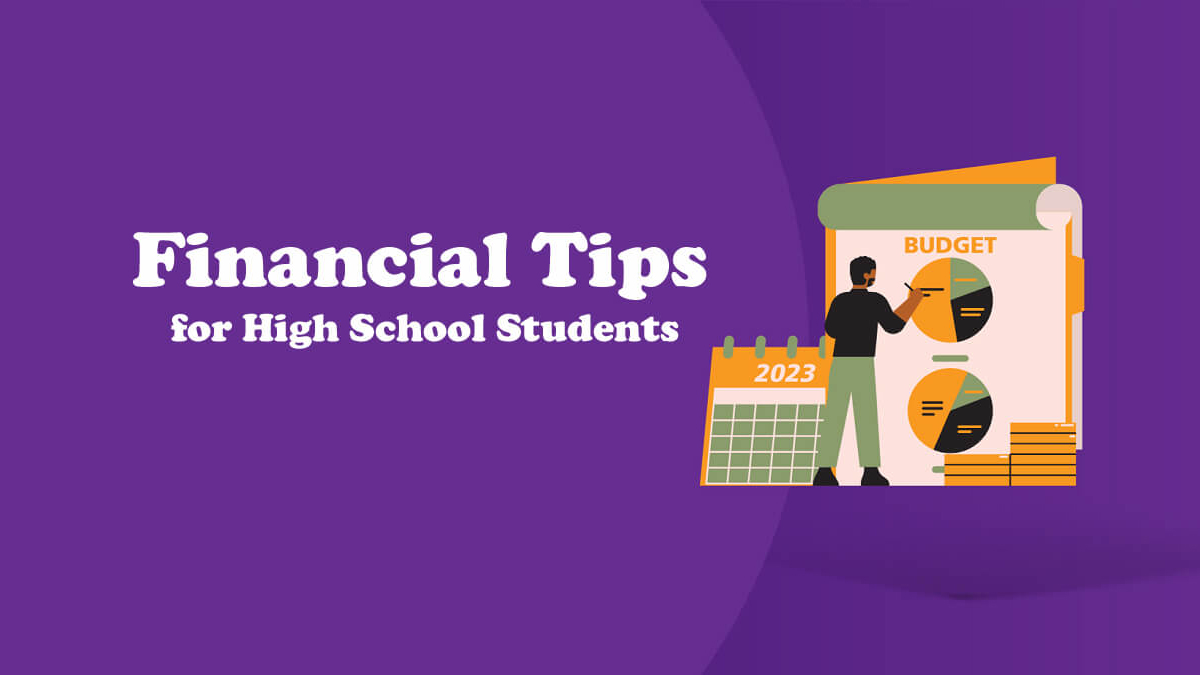High school is a time of exploration and self-discovery, and amidst the excitement of classes, extracurricular activities, and social engagements, it’s crucial for students to develop a fundamental understanding of financial literacy. The habits formed during these formative years can have a lasting impact on a student’s financial well-being. In this article, we’ll explore essential financial tips tailored for high school students, setting the stage for a future of fiscal responsibility.
1. Create a Budget:
The cornerstone of financial responsibility is a well-defined budget. High school students can start by outlining their sources of income, whether it’s allowances, part-time jobs, or monetary gifts. Next, create categories for essential expenses like school supplies, personal items, and entertainment. A budget helps in understanding where the money is going and fosters a sense of control over finances.
2. Save Early and Consistently:
The power of compounding is a financial super force, and high school is an opportune time to harness its potential. Encourage students to start saving early, even if it’s a modest amount. Consistency is key; setting aside a small portion of income regularly can accumulate into a substantial sum over time. Opening a savings account is a practical step to separate saved funds from everyday spending.
3. Understand the Basics of Credit:
While credit cards may seem like a tool for the future, understanding the basics early on can prevent future financial pitfalls. Teach high school students about interest rates, the importance of paying bills on time, and the concept of a credit score. Emphasize responsible credit use, and discuss the potential consequences of accumulating high-interest debt.
4. Learn to Differentiate Needs from Wants:
High school students are often bombarded with advertisements and peer influences, making it essential to discern between needs and wants. Encourage thoughtful spending by asking questions like, “Is this purchase necessary?” and “Will it contribute to my long-term goals?” This habit helps in making mindful financial decisions and avoiding impulsive spending.
5. Explore Part-Time Employment:
For students who can balance work and academics, part-time employment can be a valuable experience. Beyond the financial benefits, it instills a sense of responsibility, time management, and a firsthand understanding of the value of earned money. Students can explore opportunities like tutoring, babysitting, or working in retail.
6. Financial Education Resources:
In the age of information, high school students have access to a wealth of financial education resources. Encourage them to explore reputable websites, books, and online courses that provide insights into budgeting, investing, and overall financial literacy. Understanding the fundamentals early on can empower students to make informed decisions.
7. Set Financial Goals:
Teaching high school students to set and work towards financial goals instills a sense of purpose in their financial activities. Whether it’s saving for a future purchase, building an emergency fund, or planning for higher education, having clear objectives helps in prioritizing spending and saving.
8. Explore Scholarships and Financial Aid:
For students considering higher education, the cost of college can be a significant concern. Encourage them to explore scholarship opportunities and understand the basics of financial aid. Knowing how to navigate these resources can alleviate the financial burden associated with pursuing higher education.
Conclusion:
Equipping high school students with financial literacy skills is an investment in their future success and well-being. The habits formed during these crucial years can lay the foundation for a lifetime of responsible financial management. By instilling the importance of budgeting, saving, and understanding credit, high school students can embark on their adult lives with confidence, armed with the knowledge to navigate the complexities of personal finance. As the saying goes, “The best time to plant a tree was 20 years ago. The second-best time is now,” and the same holds true for financial literacy – the earlier, the better.
